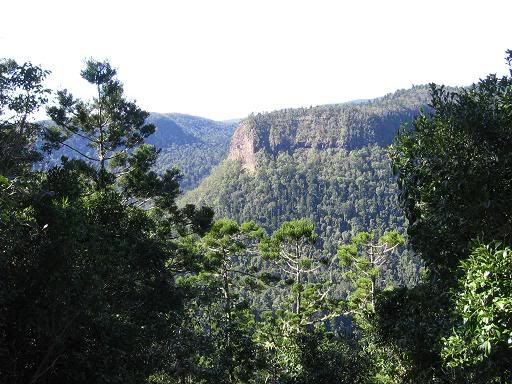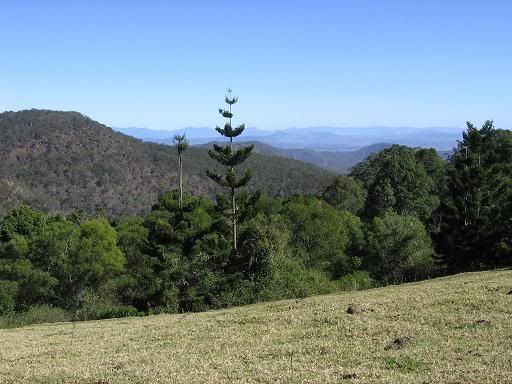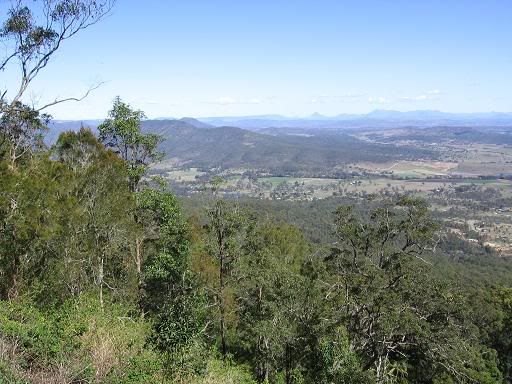
A few scattered thoughts on the accomplishments of Steve Knowlton, the Prior Lake man who recently completed a 3,717-mile cross-country run from Washington to Florida. Apologies for the delay on this. I've been meaning to write about Knowlton since he finished his amazing trip last week, but family visits and work obligations intervened.
- First off, holy shin splints, Batman! According to the article on ABC News, Knowlton ran the equivalency of 142 marathons in 100 days, averaging about 37 miles A DAY (for reference, I averaged about 35 miles of running a week while training for Grandma's Marathon, and even that took a toll on my body). And despite dealing with sickness, fatigue, weather and Lord knows how much leg pain, Knowlton never took a day off from running. I understand how a person can become used to feeling sore all the time when arduous exercise is an everyday routine, but Knowlton's ordeal likely required a pain threshold only few can fathom.
- Knowlton's cross-country trek was done to raise money for research on Crohn's disease, a chronic inflammatory bowel disease which, according to the Mayo Clinic website, can lead to abdominal pains, diarrhea and malnutrition. Knowlton himself was diagnosed with the disease when he was 17 and his weight plummeted more than 40 pounds. Given the symptoms, Crohn's disease can certainly make healthy living (and exercise) difficult. Kudos to Knowlton for not letting it keep him down. Now 45, he has completed 43 marathons in his life and, obviously, keeps himself in good shape.
- According to the article, Knowlton got permission from several states to run on the shoulder of their interstate roads in order to keep the trip's distance (in a realtive sense) short. Biking on the shoulder of busy roads can be a difficult ordeal (constant wind of vehicles, fear of cars getting a little too close, etc.). It had to be more than a little tough getting used to running on interstate roads with cars zipping past at 70+ mph.
- Knowlton supposedly went through a grand total of six pairs of shoes in the entire run, meaning he got more than 600 miles of usage out of each pair. Most running websites say a good pair of shoes can usually get between 300-400 miles of good training on them, depending on form, maintenance and terrain that you're running on. Either Knowlton's uncommonly light on his feet, or he's as stubborn about getting new shoes as I am about buying new clothes.
- People who saw Knowlton run offered him food, water, shelter and even a new pair of running shoes along the way. This reminds of something Eric and Christie Nelson e-mailed me when I was writing about their bike trip to South America: People have an understanding and respect for the difficulty that comes with doing something like that. Anyone can get in a car or plane and travel cross country, but to do it on foot is something that requires a whole different level of commitment. If that's not enough, Knowlton put himself through this for a good cause.
- According to the exercise calorie counter website on the side panel of my blog, Knowlton burned an average of roughly 4,200 calories a day on his journey (averaging 6 mph and weighing 150 pounds). Unless Knowlton was feasting on a Michael Phelps-caliber diet, I would guess he probably lost a fair amount of weight during the run. However, I couldn't find any concrete information on that.
- Like just about everybody else, this is the movie clip that came to mind when I first heard about Knowlton. I don't think I need to say which movie it is.
Knowlton's blog about his run can be viewed here.




 This white one is very attractive - again, see how
This white one is very attractive - again, see how


 This is what I worked on at lunch today.
This is what I worked on at lunch today.



















 Is there anything more beautiful than a sleeping child? I've taken photos of all my grandboys this way, and they're some of my favorites.
Is there anything more beautiful than a sleeping child? I've taken photos of all my grandboys this way, and they're some of my favorites.

